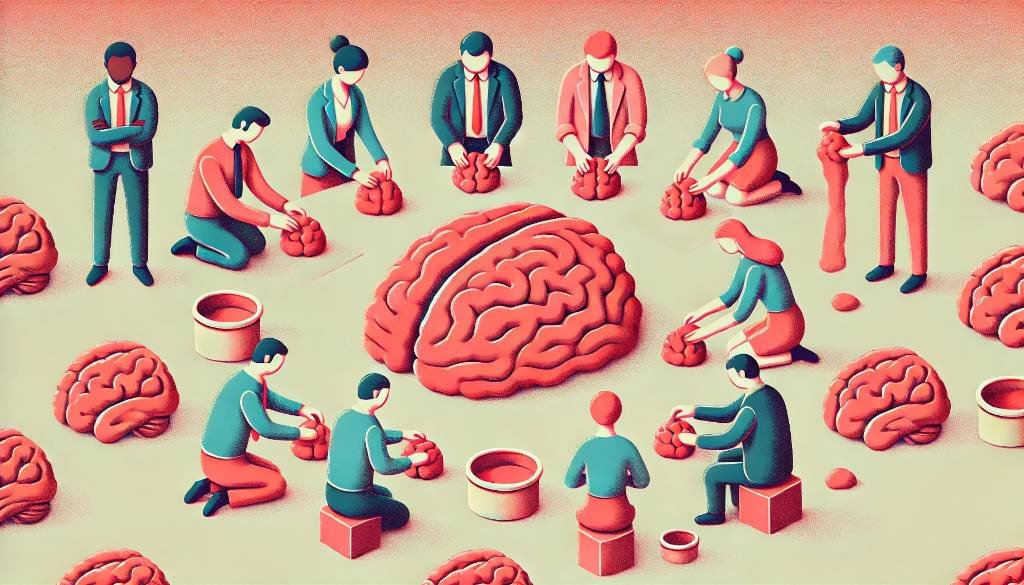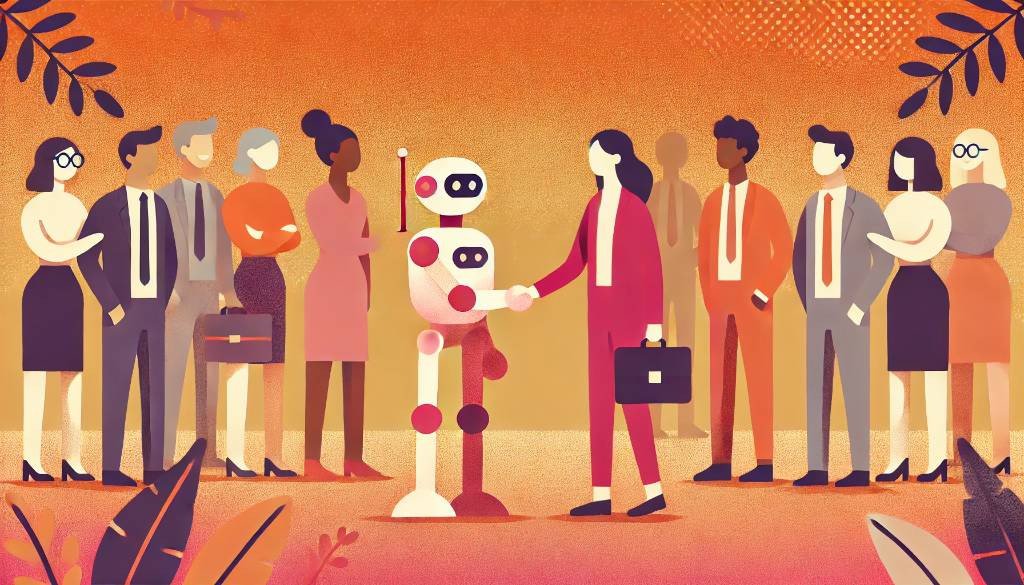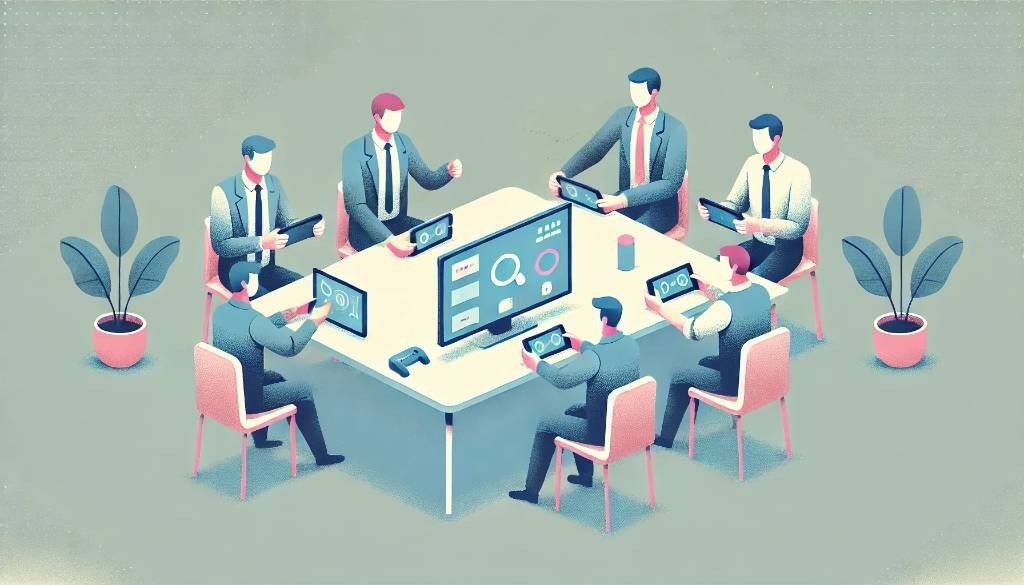Why We Learn Better Together
Learning is often seen as a solitary pursuit, but research consistently shows that learning in social contexts significantly enhances understanding, retention, and application of knowledge. Social learning, whether through collaboration, simulation, discussion, or observation, taps into our innate human tendencies to connect and share, making it a powerful tool for both education and professional development.
The Science Behind Social Learning
Social learning is grounded in neuroscience and psychology. Studies indicate that when we learn in groups, our brains are more engaged, and we process information more deeply. For example:
Collaborative Learning Increases Retention: A study published in Psychological Science found that people who learn through discussion or group activities or simulations retain up to 50% more information than those who study alone. We combine the two for emPOWERed learning.
The Role of Mirror Neurons: When we observe others performing tasks, our brain’s mirror neurons activate, helping us understand and replicate their actions more effectively.
Boosting Cognitive Load Management: Group learning allows individuals to divide complex tasks, reducing cognitive overload and enhancing problem-solving efficiency.
Social learning doesn’t just help us remember facts; it helps us apply what we’ve learned in practical, real-world contexts.

How Social Learning Shapes Professional Success
In the workplace, social learning is a cornerstone of effective training and collaboration. Consider these statistics:
70:20:10 Learning Model: Research shows that 70% of workplace learning happens through on-the-job experiences, 20% through social interactions, and only 10% through formal training (Centre for Creative Leadership).
Faster Skill Acquisition: Teams that engage in collaborative learning complete training programs 30% faster than those relying on individual learning (Harvard Business Review).
Knowledge Sharing Boosts Innovation: Companies that encourage peer-to-peer learning see a 25% increase in innovation due to the diverse perspectives shared in group settings (McKinsey & Company).
By fostering a collaborative environment, organisations can upskill employees more efficiently while creating a culture of continuous improvement.

Social Learning in Education: A Classroom Revolution
Social learning doesn’t just benefit professionals; it’s transforming education at all levels. Key findings include:
Group Learning Outperforms Traditional Methods: A meta-analysis by Educational Psychology revealed that students participating in cooperative learning or simulation perform 35% better on assessments compared to those in traditional lecture-based settings.
Increased Motivation: Working with peers enhances intrinsic motivation, as students feel accountable to their group and encouraged by shared successes.
Improved Communication Skills: Collaborative learning builds interpersonal skills like negotiation, active listening, and empathy, which are critical in both academic and real-world settings.
From peer-led study groups to interactive simulations, social learning strategies are equipping students with the skills they need to thrive.
Harnessing the Benefits of Social Learning
Whether in classrooms or corporate offices, organisations and educators can implement social learning strategies to maximise their impact. Here’s how:
Encourage Collaboration: Use group projects, team brainstorming sessions, and peer feedback to foster interactive learning.
Leverage Technology: Tools like Slack, Microsoft Teams and learning management systems with social features enable seamless collaboration. Try simulation activities - such Future Learning Group’s growth learning platform!
Create Safe Learning Spaces: Cultivate an environment where learners feel comfortable sharing ideas, asking questions, and learning from mistakes.
By integrating social learning principles into your strategy, you can unlock higher engagement, deeper understanding, and better outcomes.
The Takeaway
Humans are social creatures, and our learning thrives when it’s collaborative. Whether we’re working on a group project, sharing insights with colleagues, or discussing ideas in a classroom, social learning makes the process more effective, enjoyable, and impactful.
As the saying goes…
“If you want to go fast, go alone. If you want to go far, go together.”
In learning, as in life, we truly thrive when we embrace the power of community.
At Future Learning Group, we specialise in creating collaborative, engaging, and innovative learning solutions tailored to your needs. Whether you're looking to transform workplace training or revolutionise your classroom strategies, we're here to help.
Let’s connect! Explore how Future Learning Group can support your team or organisation in embracing the power of social learning.


